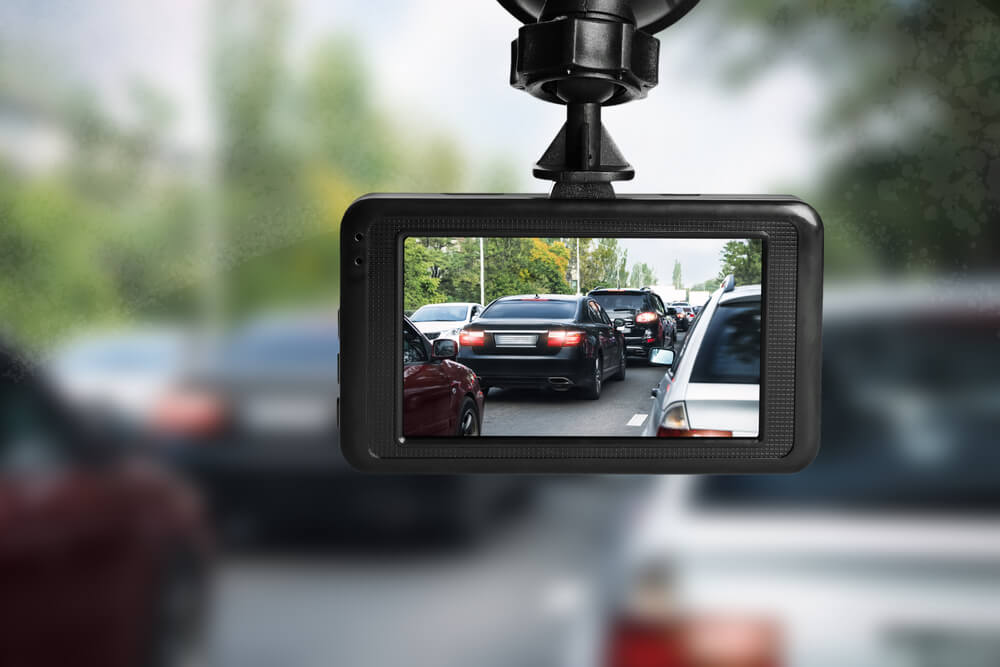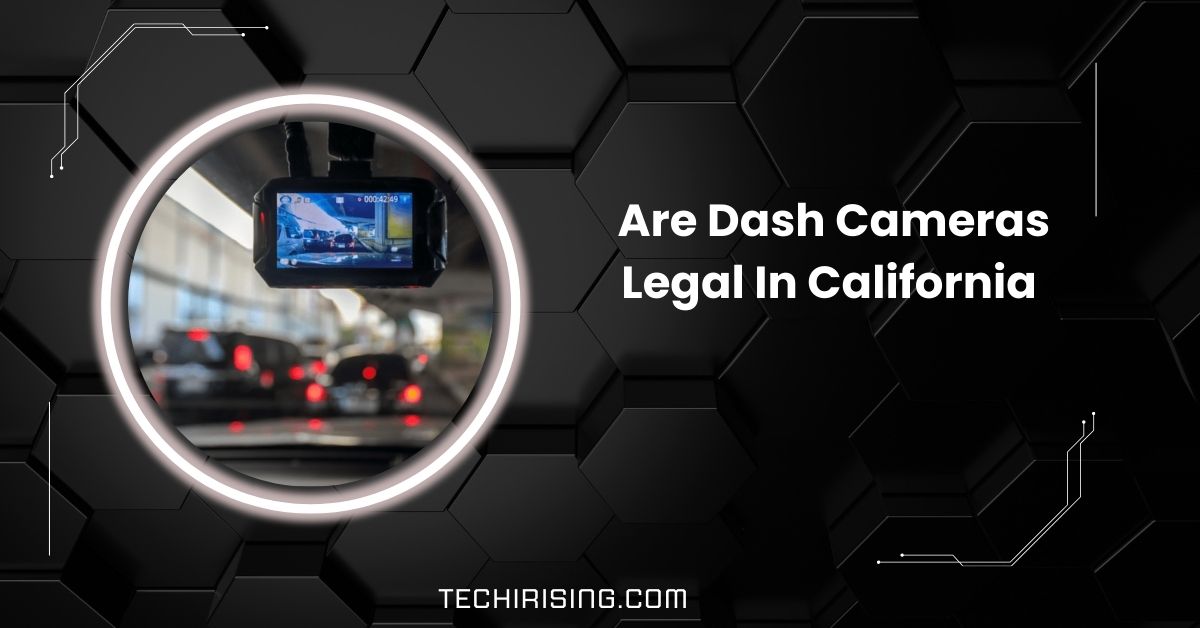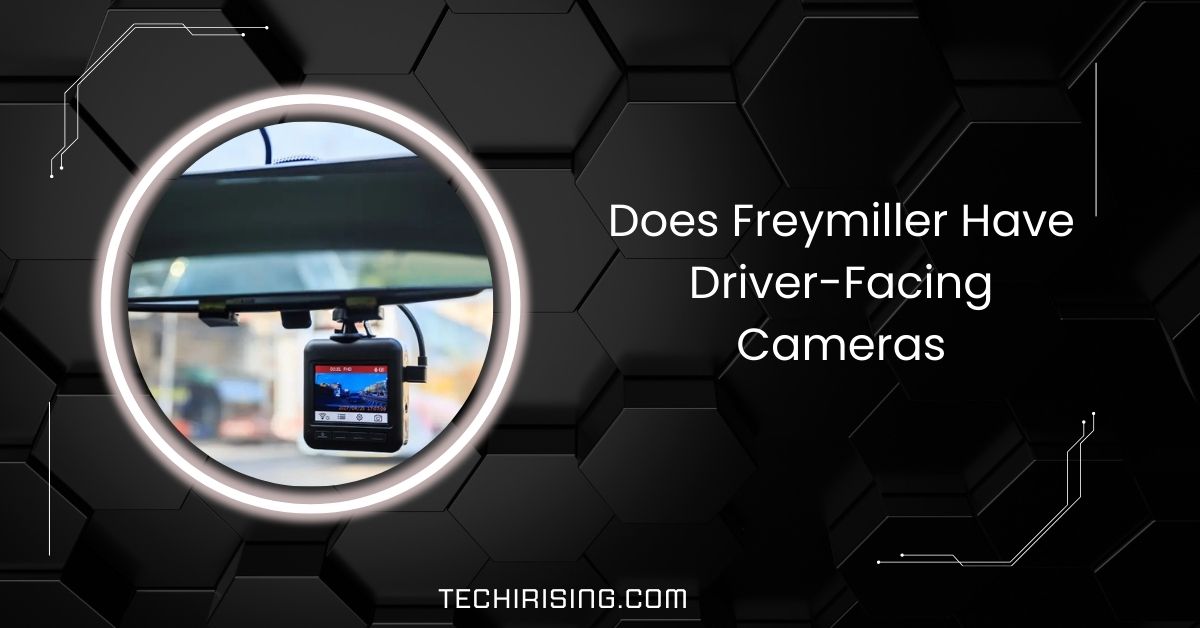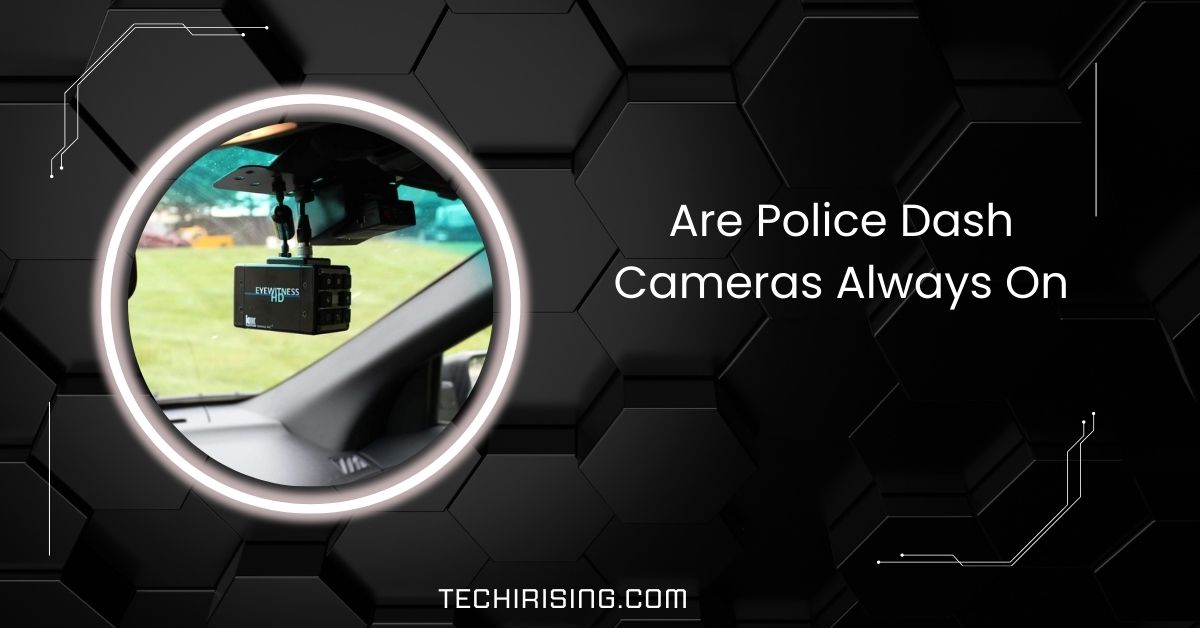Dash cams have become an essential tool for drivers, offering a sense of security and peace of mind while on the road.
Dash cam footage typically lasts between 2 to 24 hours, depending on your memory card size and recording settings. Larger cards can store 20-24 hours of footage, with recording loops at intervals like 1, 2, or 5 minutes.
In this guide, we’ll answer these questions and more to help you get the most out of your dash cam.
Understanding Dash Cam Recording and Storage
Dash cams are small cameras that record what happens on the road. They store video on a memory card, usually a microSD card.
The camera records in small video clips, and when the memory card is complete, it automatically overwrites the oldest footage with new recordings.
This is called loop recording. It means your dash cam never stops recording. Knowing how it works helps you make sure you have the correct settings and storage size for your needs.
Factors Influencing Recording Duration

- Storage Capacity: The size of the microSD card directly impacts how much footage can be stored before overwriting occurs. Standard capacities include 16GB, 32GB, 64GB, 128GB, and even up to 256GB. More extensive storage allows for longer recording times.
- Video Resolution and Bitrate: Higher resolutions (e.g., 4K) and bitrates produce more precise, more detailed footage but consume more storage space. Conversely, lower resolutions (e.g., 720p) use less space, extending recording duration.
- Frame Rate: Measured in frames per second (fps), higher frame rates (e.g., 60fps) result in smoother videos but require more storage. Lower frame rates (e.g., 30fps) reduce storage consumption.
- Compression Format: Advanced compression technologies like H.265 (HEVC) are more efficient than older formats like H.264, allowing for longer recording times without compromising quality.
Estimated Recording Times Based on Storage and Settings
- 16GB microSD Card:
- At 1080p, 30fps: Approximately 2 hours of footage.
- At 720p, 30fps: Longer recording time, potentially up to 4 hours.
- 32GB microSD Card:
- At 1080p, 30fps: Around 4 hours of footage.
- At 720p, 30fps: Approximately 6-8 hours.
- 64GB microSD Card:
- At 1080p, 30fps: Up to 8 hours.
- At 720p, 30fps: Approximately 12-16 hours.
- 128GB microSD Card:
- At 1080p, 30fps: Approximately 20-24 hours.
- At 720p, 30fps: Potentially up to 30 hours or more.
It’s important to note that these are approximate values. Actual recording times can vary based on the dash cam’s specific settings, the efficiency of its compression algorithms, and whether additional features (like dual-channel recording) are in use.
Also Read: Do All Dash Cameras Have To Be Plugged In: Pros And Cons!
Impact of Dual-Channel Recording
Dash cams equipped with both front and rear cameras (dual-channel) record two video streams simultaneously.
This setup effectively halves the available storage for each channel, reducing the total recording time compared to single-channel devices.
For instance, a 64GB card in a dual-channel dash cam might store approximately 4 hours of front and rear footage each instead of 8 hours for a single channel.
Advanced Features Affecting Storage
- Event Detection and File Locking: Many dash cams have G-sensors that detect sudden movements or impacts, automatically locking the corresponding footage to prevent it from being overwritten. While this protects critical evidence, it also occupies storage space, potentially reducing the duration available for regular loop recording.
- Parking Mode: Some dash cams continue to monitor the surroundings even when the vehicle is parked, recording only upon detecting motion or impact. This feature conserves storage and power but requires sufficient space to store these event-triggered recordings.
Maximizing Recording Duration
To optimize how long your dash cam can record:
- Choose Appropriate Storage: Select a microSD card that balances capacity with your recording quality needs. For regular daily driving, a 64GB or 128GB card is often sufficient.
- Adjust Recording Settings: If extended recording time is a priority, consider lowering the video resolution or frame rate. However, ensure the quality remains adequate to capture necessary details like license plates.
- Regularly Format the microSD Card: Periodic formatting helps maintain the card’s performance and longevity, ensuring efficient storage use.
- Utilize Cloud Storage: Some advanced dash cams offer cloud storage options, automatically uploading footage to free up local storage and extend recording times.
What Determines the Duration of Dash Cam Footage?

The length of time a dash cam records depends on several factors. The size of the memory card is a big factor—larger cards hold more video.
Video quality also matters; higher-quality videos take up more space. Features like dual cameras or parking mode can affect storage because they save more footage.
Finally, whether the dash cam saves short or long video clips makes a difference. Adjusting these settings can help you control recording time.
Storage Capacity: The Key Factor
Dash cams typically use microSD cards to store footage. These cards come in various sizes:
- 16GB: Suitable for short trips but may only hold a few hours of footage.
- 32GB: A popular choice for moderate use, offering 4-8 hours of recording.
- 64GB: Ideal for extended drives, storing up to 16 hours.
- 128GB and Above: Perfect for extended trips or multi-camera setups, holding more than 24 hours of footage.
Video Quality vs. Recording Duration
Higher video quality leads to better footage but consumes more storage. Key factors include:
- Resolution: The 4K video looks stunning but uses significant space, while 720p or 1080p offers a good balance.
- Bitrate: High-bitrate settings produce detailed videos but reduce storage duration.
Must Read: Can I Put Cameras In My House During A Divorce – Guidance!
Impact of Recording Modes
Modern dash cams feature multiple recording modes:
- Continuous Loop Recording: The standard mode that overwrites old footage when the storage is whole.
- Event-Triggered Recording: Activated by impacts or sudden movements, locking important footage.
- Parking Mode: Records only when motion or impact is detected while parked, saving storage.
How Dual-Channel Dash Cams Affect Recording Time
Dual-channel dash cams record from two angles, like the front and rear of the car. This means they use the same memory card for two video files, splitting the storage space.
For example, a 64GB card might hold 8 hours of video for a single camera but only 4 hours for each camera in a dual-channel system.
While these cams give better coverage, you might need a larger memory card to avoid losing essential recordings.
Can Cloud Dash Cams Eliminate Storage Limits?
Yes, cloud dash cams can solve storage problems. These advanced dash cams upload videos directly to online storage, so you don’t have to worry about memory cards filling up or losing important footage.
Cloud storage is great for keeping critical files, especially after an accident or theft. However, you’ll need a stable internet connection, and some services charge monthly fees. This option ensures your videos are safe, even if your dash cam is damaged or stolen.
How Long Should You Keep Dash Cam Footage?
How long you keep dash cam footage depends on its importance. For everyday driving, old footage can usually be overwritten.
However, for accidents or legal issues, keep the files until the matter is resolved. Some people save memorable road trips or scenic drives for personal reasons.
Be mindful of your memory card’s space and back up important files to a computer or cloud. This way, you won’t lose anything that might be useful later.
Common Challenges with Dash Cam Storage

- Limited Storage Capacity: Memory cards can fill up quickly, especially with high-resolution recording or dual-channel dash cams.
- Overwriting Important Files: Loop recording may delete crucial footage if it’s not saved or locked in time.
- Corrupted Memory Cards: Memory cards can wear out or get corrupted over time, causing data loss.
- Locked Files Taking Up Space: Event-triggered recordings (e.g., accidents) can quickly fill storage, reducing space for regular footage.
- Incompatibility Issues: Not all dash cams support more extensive or specific types of memory cards.
- File Management Hassles: Regular backups and formatting are needed to maintain performance.
How Long Does Dash Cam Footage Last Front And Rear?
Dash cams with front and rear cameras share the memory card, so recording time is split. For example, a 64GB card might record 4 hours for each camera. Larger memory cards increase the recording duration for both views.
How Does Dash Cam Work When Car Is Off?
Many dash cams have parking mode, which records only when it detects motion or impacts while the car is off. It uses a backup battery or connects to the car’s power to save energy during inactivity.
You Should Know: How Often Do Stores Check Their Cameras: You Should Know!
How Do Dash Cameras Save Recordings?
Dash cameras save recordings on a memory card in short clips, usually 1-5 minutes long. When the card fills up, the oldest files are overwritten unless they’re locked. Locked files are saved for events like accidents.
Does Dash Cam Automatically Delete?
Yes, dash cams use loop recording to automatically delete the oldest footage when the memory card is full. This ensures the camera keeps recording without stopping. Important files can be locked to prevent automatic deletion.
Do Dash Cameras Record All The Time?
Thanks to loop recording, dash cams record continuously while the car is running. Some also record during parking mode, but only when triggered by motion or impact. They’re designed to capture everything without missing important moments.
How Long Does A Dash Cam Battery Last?
Dash cam batteries typically last a few minutes, enough to save footage if power is cut. For more prolonged use, most dash cams rely on the car’s power source or a hardwired setup for continuous operation.
How Long Do Police Keep Dash Cam Footage?
Police usually keep dash cam footage for 30 to 90 days, depending on department policies. However, if the footage is related to an investigation or legal case, it might be stored for longer, sometimes indefinitely.
FAQs
1. How long do SD/MicroSD last in a dash cam?
SD or MicroSD cards last about 1-2 years, depending on usage and quality. Frequent overwriting can wear them out faster.
2. How long is dashcam footage kept?
Dashcam footage is kept until the memory card fills up, at which point the oldest footage is overwritten unless it is locked for safety.
3. How long does dash cam memory last?
Dash cam memory lasts until the card fills up, typically recording for several hours. Storage size affects the total duration.
4. Do dashcams run out of memory?
Yes, dash cams can run out of memory if the card is full. They will overwrite old footage unless you lock it.
5. Are dash cams still recording after the car is parked and turned off?
Some dash cams record after the car is off using parking mode, which activates when motion or impact is detected.
6. How many hours can you record on a 64GB dash cam?
A 64GB card can store about 8 hours of 1080p footage at 30fps, depending on video settings and compression.
7. How long does a 256GB SD card last in a dash cam?
A 256GB SD card can record up to 32+ hours of 1080p footage, depending on the camera’s resolution and settings.
8. Do dash cams record the whole ride, or am I mistaken?
Yes, dash cams record the entire ride, using loop recording to overwrite old footage when the memory card is full.
9. How long do you keep videos recorded by dash cam?
You should keep important dash cam videos for legal purposes or accidents, while others can be deleted after a few days.
10. How long until recorded files get overwritten by the Dash Cam?
Recorded files get overwritten once the memory card is full, usually after several hours or days of footage, depending on storage size.
Conclusion
In conclusion, dash cam footage duration depends on factors like memory card size, video quality, and recording settings. By understanding these elements, you can optimize storage and ensure important footage is saved. For safety, regularly manage and back up recordings.





